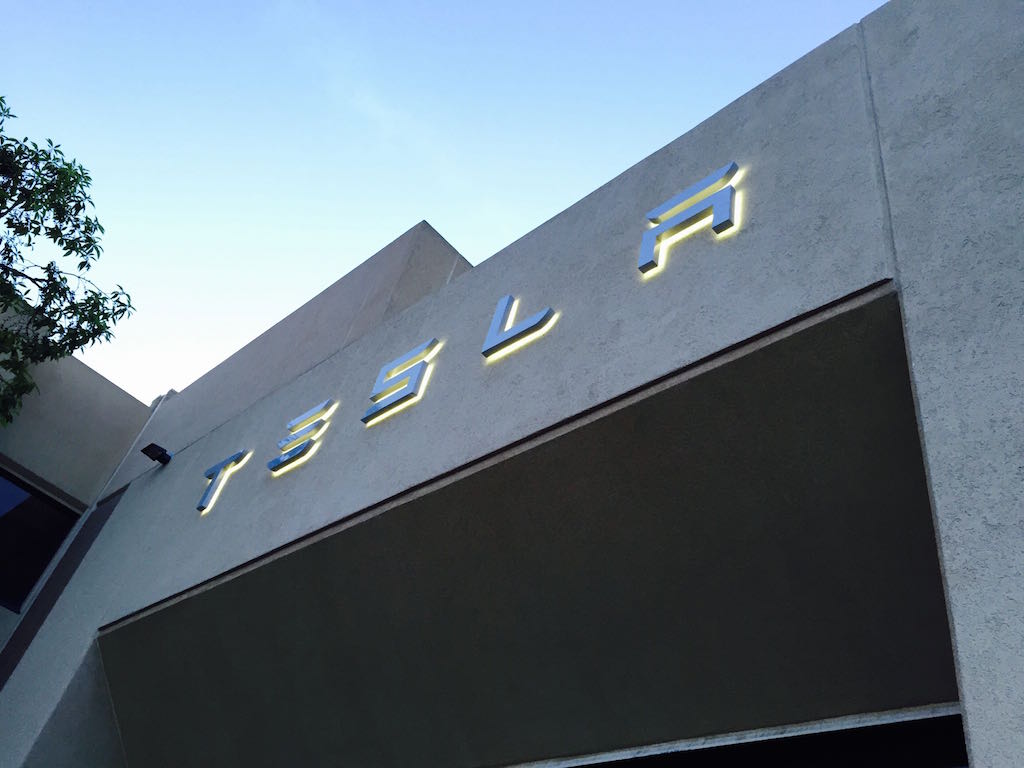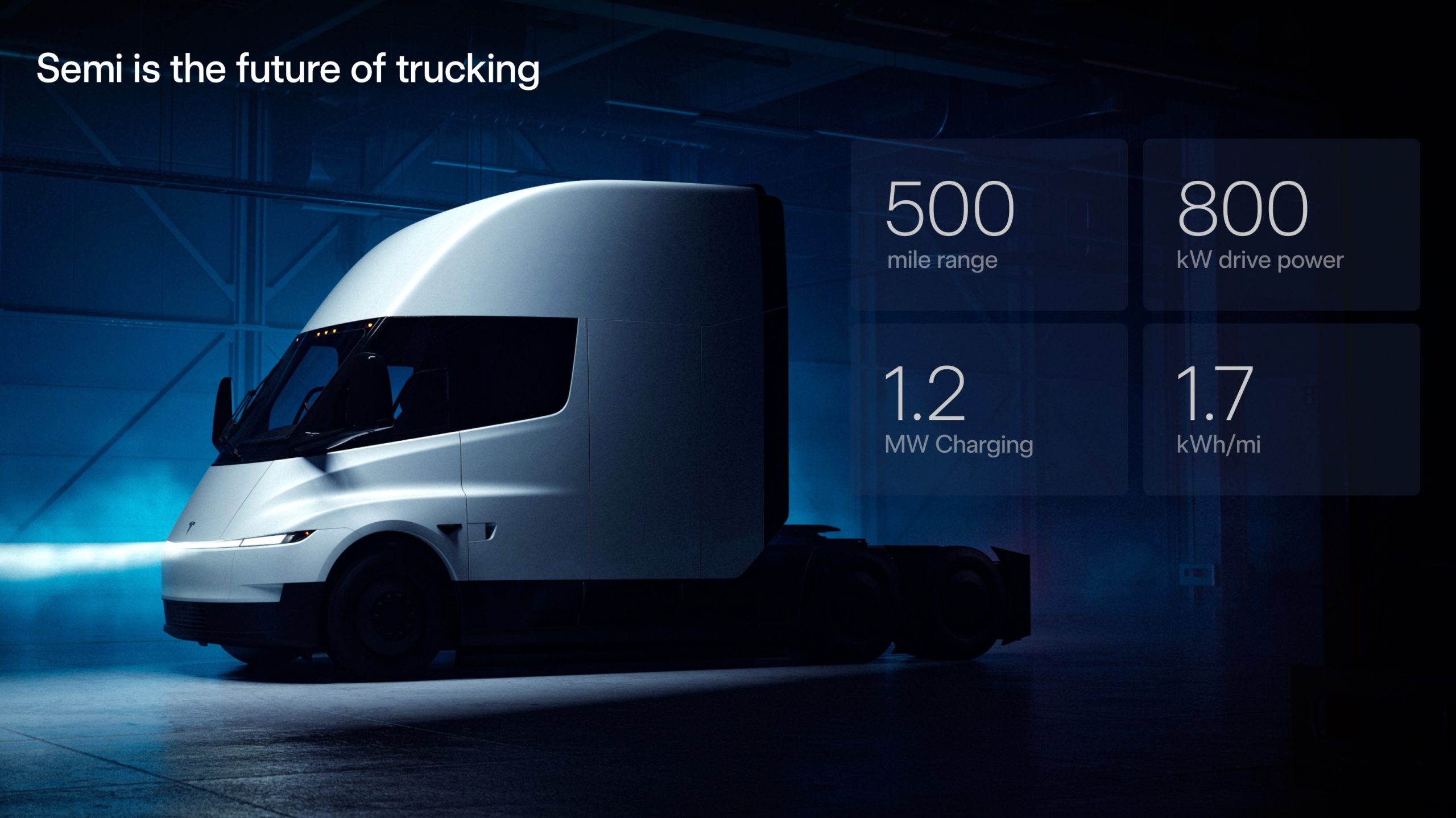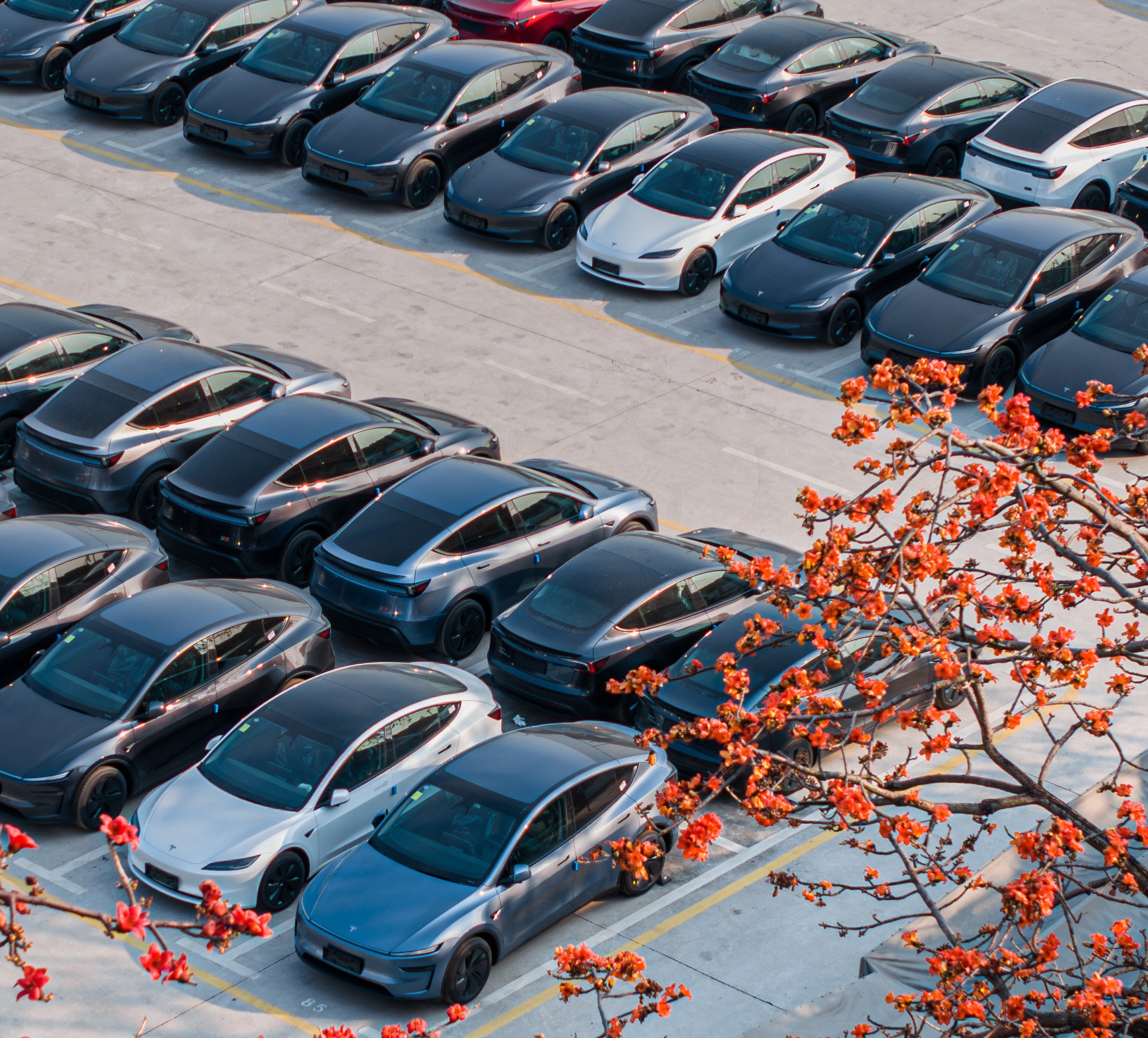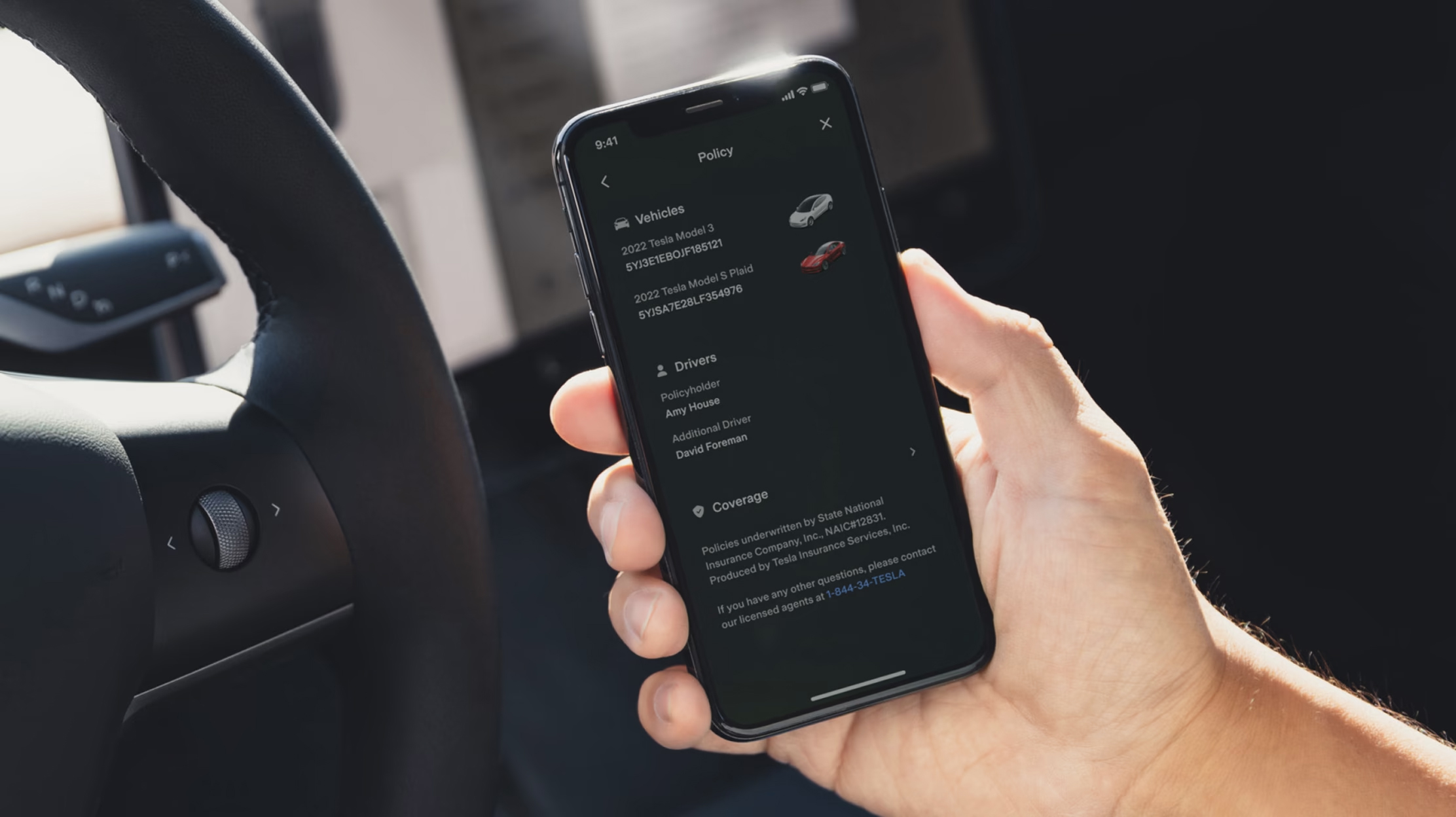News
Tesla fires back at Fortune with cheeky “Misfortune” blog post

The drama continues between Tesla and Fortune after the media outlet published a story questioning Tesla’s ethics claiming the company sold $2 billion worth of stock but failed to disclose that it was under investigation by the National Highway Transport Association (NHTSA) after Joshua Brown was killed when his Model S in Autopilot mode crashed into a tractor trailer.
Since the story was published, Tesla CEO Elon Musk defended the company’s position that news surrounding the Autopilot related death was not material to its stock price. Fortune disagreed citing that the stock price dropped $6 per share after news broke that the NHTSA was in fact investigating evidence surrounding Brown’s death. That’s when Musk fired back via email picking choice words with Fortune’s writer and stating, “Indeed, if anyone bothered to do the math (obviously, you did not) they would realize that of the over 1M auto deaths per year worldwide, approximately half a million people would have been saved if the Tesla autopilot was universally available. Please, take 5 mins and do the bloody math before you write an article that misleads the public.”
The Tesla vs Fortune debacle spilled over into the public Twittersphere between Fortune’s Editor Alan Murray and Elon Musk. The tweets continued throughout Wednesday with Alan Murray defending the media outlet’s position that Tesla did not disclose news of the Autopilot death. Fortune went as far as quoting statements made in an SEC filing by Tesla which warned investors that a fatal crash related to its Autopilot feature would be a material event to the company’s brand, business, and operating results. Tesla would later bring to light that Fortune mischaracterized the quote within the SEC filing.
Tesla has since released a blog post on this matter titled “Misfortune”.
Misfortune
Fortune’s article is fundamentally incorrect.
First, Fortune mischaracterizes Tesla’s SEC filing. Here is what Tesla’s SEC filing actually says: “We may become subject to product liability claims, which could harm our financial condition and liquidity if we are not able to successfully defend or insure against such claims.” [full text included below] This is just stating the obvious. One of the risks facing Tesla (or any company) is that someone could bring product liability claims against it. However, neither at the time of this SEC filing, nor in the several weeks to date, has anyone brought a product liability claim against Tesla relating to the crash in Florida.
Next, Fortune entirely ignores what Tesla knew and when, nor have they even asked the questions. Instead, they simply assume that Tesla had complete information from the moment this accident occurred. This was a physical impossibility given that the damage sustained by the Model S in the crash limited Tesla’s ability to recover data from it remotely.
When Tesla told NHTSA about the accident on May 16th, we had barely started our investigation. Tesla informed NHTSA because it wanted to let NHTSA know about a death that had taken place in one of its vehicles. It was not until May 18th that a Tesla investigator was able to go to Florida to inspect the car and the crash site and pull the complete vehicle logs from the car, and it was not until the last week of May that Tesla was able to finish its review of those logs and complete its investigation. When Fortune contacted Tesla for comment on this story during the July 4th holiday, Fortune never asked any of these questions and instead just made assumptions. Tesla asked Fortune to give it a day to confirm these facts before it rushed its story to print. They declined and instead ran a misleading article.
Here’s what we did know at the time of the accident and subsequent filing:
- That Tesla Autopilot had been safely used in over 100 million miles of driving by tens of thousands of customers worldwide, with zero confirmed fatalities and a wealth of internal data demonstrating safer, more predictable vehicle control performance when the system is properly used.
- That contrasted against worldwide accident data, customers using Autopilot are statistically safer than those not using it at all.
- That given its nature as a driver assistance system, a collision on Autopilot was a statistical inevitability, though by this point, not one that would alter the conclusion already borne out over millions of miles that the system provided a net safety benefit to society.
Given the fact that the “better-than-human” threshold had been crossed and robustly validated internally, news of a statistical inevitability did not materially change any statements previously made about the Autopilot system, its capabilities, or net impact on roadway safety.
Finally, the Fortune article makes two other false assumptions. First, they assume that this accident was caused by an Autopilot failure. To be clear, this accident was the result of a semi-tractor trailer crossing both lanes of a divided highway in front of an oncoming car. Whether driven under manual or assisted mode, this presented a challenging and unexpected emergency braking scenario for the driver to respond to. In the moments leading up to the collision, there is no evidence to suggest that Autopilot was not operating as designed and as described to users: specifically, as a driver assistance system that maintains a vehicle’s position in lane and adjusts the vehicle’s speed to match surrounding traffic.
Fortune never even addresses that point. Second, Fortune assumes that, putting all of these other problems aside, a single accident involving Autopilot, regardless of how many accidents Autopilot has stopped and how many lives it has saved, is material to Tesla’s investors. On the day the news broke about NHTSA’s decision to initiate a preliminary evaluation into the incident, Tesla’s stock traded up, not down, confirming that not only did our investors know better, but that our own internal assessment of the performance and risk profile of Autopilot were in line with market expectations.
The bottom line is that Fortune jumped the gun on a story before they had the facts. They then sought wrongly to defend that position by plucking boilerplate language from SEC filings that have no bearing on what happened, while failing to correct or acknowledge their original omissions and errors.
Full text referenced above:
We may become subject to product liability claims, which could harm our financial condition and liquidity if we are not able to successfully defend or insure against such claims.
“Product liability claims could harm our business, prospects, operating results and financial condition. The automobile industry experiences significant product liability claims and we face inherent risk of exposure to claims in the event our vehicles do not perform as expected resulting in personal injury or death. We also may face similar claims related to any misuse or failures of new technologies that we are pioneering, including autopilot in our vehicles and our Tesla Energy products. A successful product liability claim against us with respect to any aspect of our products could require us to pay a substantial monetary award. Our risks in this area are particularly pronounced given the limited number of vehicles and energy storage products delivered to date and limited field experience of our products. Moreover, a product liability claim could generate substantial negative publicity about our products and business and would have material adverse effect on our brand, business, prospects and operating results. We self-insure against the risk of product liability claims, meaning that any product liability claims will have to be paid from company funds, not by insurance.”

News
Tesla Semi program Director teases major improvements

Tesla Semi Program Director Dan Priestly teased the major improvements to the all-electric Class 8 truck on Thursday night, following the company’s decision to overhaul the design earlier this year.
Priestley said he drove the Semi on Thursday, and the improvements appear to be welcomed by one of the minds behind the project. “Our customers are going to love it,” he concluded.
Just drove the redesigned Semi. Our customers are going to love it. https://t.co/KZ88sf1CDL
— Dan Priestley (@danWpriestley) December 19, 2025
The small detail does not seem like much, but it is coming from someone who has been involved in the development of the truck from A to Z. Priestley has been involved in the Semi program since November 2015 and has slowly worked his way through the ranks, and currently stands as the Director of the program.
Tesla Semi undergoes major redesign as dedicated factory preps for deliveries
Tesla made some major changes to the Semi design as it announced at the 2025 Annual Shareholder Meeting that it changed the look and design to welcome improvements in efficiency.
Initially, Tesla adopted the blade-like light bar for the Semi, similar to the one that is present on the Model Y Premium and the Cybertruck.
Additionally, there are some slight aesthetic changes to help with efficiency, including a redesigned bumper with improved aero channels, a smaller wraparound windshield, and a smoother roofline for better aero performance.
All of these changes came as the company’s Semi Factory, which is located on Gigafactory Nevada’s property, was finishing up construction in preparation for initial production phases, as Tesla is planning to ramp up manufacturing next year. CEO Elon Musk has said the Semi has attracted “ridiculous demand.”
The Semi has already gathered many large companies that have signed up to buy units, including Frito-Lay and PepsiCo., which have been helping Tesla test the vehicle in a pilot program to test range, efficiency, and other important metrics that will be a major selling point.
Tesla will be the Semi’s first user, though, and the truck will help solve some of the company’s logistics needs in the coming years.
News
Tesla dominates in the UK with Model Y and Model 3 leading the way

Tesla is dominating in the United Kingdom so far through 2025, and with about two weeks left in the year, the Model Y and Model 3 are leading the way.
The Model Y and Model 3 are the two best-selling electric vehicles in the United Kingdom, which is comprised of England, Scotland, Wales, and Northern Ireland, and it’s not particularly close.
According to data gathered by EU-EVs, the Model Y is sitting at 18,890 units for the year, while the Model 3 is slightly behind with 16,361 sales for the year so far.
The next best-selling EV is the Audi Q4 e-tron at 10,287 units, lagging significantly behind but ahead of other models like the BMW i4 and the Audi Q6 e-tron.
GOOD NEWS 🇬🇧 Tesla is absolutely crushing the UK electric vehicle market in 2025 💥
The numbers are in, and the dominance is clear. With an impressive amount of 42,270 vehicles delivered year-to-date, the brand now commands a solid 9.6% market share of the total auto market 🆒… pic.twitter.com/dkiGX9kzd0
— Ming (@tslaming) December 18, 2025
The Model Y has tasted significant success in the global market, but it has dominated in large markets like Europe and the United States.
For years, it’s been a car that has fit the bill of exactly what consumers need: a perfect combination of luxury, space, and sustainability.
Both vehicles are going to see decreases in sales compared to 2024; the Model Y was the best-selling car last year, but it sold 32,610 units in the UK. Meanwhile, the Model 3 had reached 17,272 units, which will keep it right on par with last year.
Tesla sold 50,090 units in the market last year, and it’s about 8,000 units shy of last year’s pace. It also had a stronger market share last year with 13.2 percent of the sales in the market. With two weeks left in 2025, Tesla has a 9.6 percent market share, leading Volkswagen with 8 percent.
The company likely felt some impact from CEO Elon Musk’s involvement with the Trump administration and, more specifically, his role with DOGE. However, it is worth mentioning that some months saw stronger consumer demand than others. For example, sales were up over 20 percent in February. A 14 percent increase followed this in June.
News
Tesla Insurance officially expands to new U.S. state
Tesla’s in-house Insurance program first launched back in late 2019, offering a new way to insure the vehicles that was potentially less expensive and could alleviate a lot of the issues people had with claims, as the company could assess and repair the damage itself.

Tesla Insurance has officially expanded to a new U.S. state, its thirteenth since its launch in 2019.
Tesla has confirmed that its in-house Insurance program has officially made its way to Florida, just two months after the company filed to update its Private Passenger Auto program in the state. It had tried to offer its insurance program to drivers in the state back in 2022, but its launch did not happen.
Instead, Tesla refiled the paperwork back in mid-October, which essentially was the move toward initiating the offering this month.
BREAKING: Tesla Insurance has just officially launched in Florida.
This is the first new state to receive @Tesla Insurance in more than 3 years. In total, Tesla insurance is now available in 13 U.S. states (map in thread below of all the states).
Tesla Insurance in Florida uses… pic.twitter.com/bDwh1IV6gD
— Sawyer Merritt (@SawyerMerritt) December 17, 2025
Tesla’s in-house Insurance program first launched back in late 2019, offering a new way to insure the vehicles that was potentially less expensive and could alleviate a lot of the issues people had with claims, as the company could assess and repair the damage itself.
It has expanded to new states since 2019, but Florida presents a particularly interesting challenge for Tesla, as the company’s entry into the state is particularly noteworthy given its unique insurance landscape, characterized by high premiums due to frequent natural disasters, dense traffic, and a no-fault system.
Annual average premiums for Florida drivers hover around $4,000 per year, well above the national average. Tesla’s insurance program could disrupt this, especially for EV enthusiasts. The state’s growing EV adoption, fueled by incentives and infrastructure development, aligns perfectly with Tesla’s ecosystem.
Moreover, there are more ways to have cars repaired, and features like comprehensive coverage for battery damage and roadside assistance tailored to EVs address those common painpoints that owners have.
However, there are some challenges that still remain. Florida’s susceptibility to hurricanes raises questions about how Tesla will handle claims during disasters.
Looking ahead, Tesla’s expansion of its insurance program signals the company’s ambition to continue vertically integrating its services, including coverage of its vehicles. Reducing dependency on third-party insurers only makes things simpler for the company’s automotive division, as well as for its customers.








